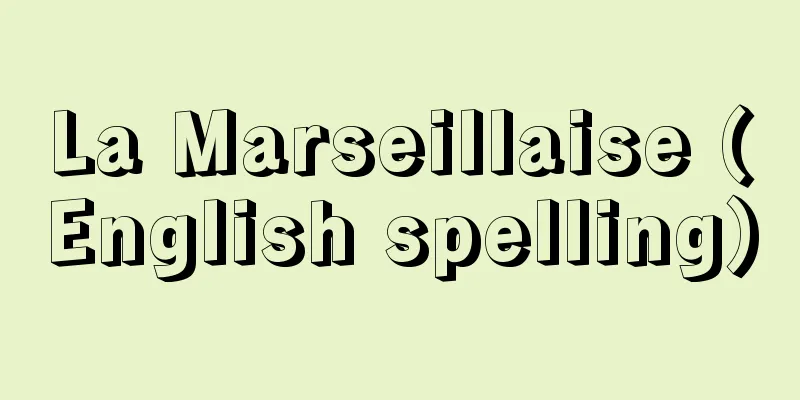Self-portrait - jigazou (English spelling) selfportrait

|
This refers to a work in which a painter or sculptor expresses himself, but in the case of sculpture, it is also called a self-portrait. Documents tell us that Greek painters had already attempted this. There were few examples in the Middle Ages, but there are some examples in sculptures and miniatures. Around the 15th century, in Flanders and Italy, self-portraits began to be painted among groups of figures such as altarpieces and wall paintings, which seems to be a response to the development of individual consciousness among artists. It cannot be denied that the production of plate glass in Venice also encouraged the production of self-portraits in mirrors. Since self-portraits are usually produced in a mirror, they are in a pose in which the artist is working, in a diagonal pose, and of course, the left and right are reversed. In the 17th century, this kind of self-portrait in which the artist is working was even considered a ``noble'' pose, indicating awareness of professional pride. There are also self-portraits in other poses, as shown, for example, in the many examples of Rembrandt. Phenomenologically, it is possible to classify self-portraits into these two types, but in both cases, they involve individual awareness and psychological self-reflection. It is not simply because a model is not available, but it is a kind of self-reflection that makes artists face themselves. There are many examples of artists who never painted self-portraits. However, there are also artists who painted many self-portraits, such as Rembrandt and Van Gogh. Picasso hardly painted self-portraits except during his youth, but he told his story through various other subjects. For example, the theme of his print series "The Sculptor" and "The Artist and His Model" in his later years. Generally, self-portraits are not made with the intention of being commissioned or sold, but are painted when the artist is in a state of heightened or subdued consciousness (for example, Van Gogh's "Self-Portrait with a Bandana"), which is why he has left us many excellent masterpieces. [Kimio Nakayama] JapanOriginally, Japanese painting did not have a tradition of self-portraits, and they began to be painted in Japan after the end of the Edo period, along with the introduction of Western painting. Therefore, even in modern times, there are few Japanese paintings that depict self-portraits, and they were mainly worked on by Western painters. The first commemorative work was probably "Self-Portrait with Topknot" painted by Takahashi Yuichi just before the Meiji period. Also, Kuroda Seiki, who became the first instructor of the Western painting department at the Tokyo School of Fine Arts, made a self-portrait one of the subjects for graduation projects, which inspired Aoki Shigeru and others to create masterpieces. From the end of the Meiji period to the Taisho period, awareness of the self and individuality increased, and Yorozu Tetsugoro and Kishida Ryusei painted many self-portraits, while Sekine Shoji, Murayama Kaita, Nakamura Tsune, and Koide Narashige left behind excellent self-portraits. In the Showa period, the resolute self-portraits painted by Matsumoto Shunsuke and Aimitsu during the war, a time when individuality was denied, are particularly noteworthy. [Tadao Ogura] 1887 Oil painting (Collection of the Art Institute of Chicago ) Self-Portrait by Van Gogh Source: Shogakukan Encyclopedia Nipponica About Encyclopedia Nipponica Information | Legend |
|
画家あるいは彫刻家が自分自身を表現した作品をいうが、彫刻の場合はとくに自刻像ともいう。すでにギリシアの画家たちが試みたことを文献は伝えている。中世にその例は少ないが、彫刻、ミニアチュールなどに若干の例がみられる。15世紀ころ、フランドル、イタリアにおいて祭壇画、壁画などの群像中に自画像を描くことが行われ始めるのは、芸術家における個我の意識の発達に即応するものと思われる。またベネチアでの板ガラスの製作が、鏡による自画像の制作を促したことも否めない。通常、自画像は、鏡によって制作されるため、制作中のポーズとなり、斜めの姿勢、当然、左右逆になる。この種の制作中の自画像は、17世紀には「高貴な」ポーズとさえ考えられ、職業的な誇りの自覚を示している。また、たとえば、レンブラントの数多くの例が示すような他のポーズでの自画像もある。現象的には自画像をこの二つのタイプに分類することが可能であるが、しかしいずれの場合も個の自覚と心理的な自己省察にかかわる。単にモデルが手近にいないためという理由ではなく、なんらかの自己省察が画家たちをして自己に対面せしめると考えてよい。まったく自画像を描かなかった芸術家の例も少なくない。しかし他方に、レンブラント、ゴッホのようにきわめて多く自画像を描いた芸術家もいる。またピカソは青年期を除いてほとんど自画像らしいものを描かなかったが、他のさまざまな対象に託して自己を語っている。たとえば版画連作の「彫刻家」や、晩年の「画家とモデル」のテーマなどである。一般に自画像は、注文あるいは売却の意図でなされるものではなく、芸術家の意識の高揚なり沈潜(たとえばゴッホの『ほうたいを巻いた自画像』など)の状況で描かれるだけに、かえって多くの優れた傑作を残している。 [中山公男] 日本もともと日本画には自画像の伝統はなく、幕末以後に西洋画の移入に伴って日本でも描かれ始めたものであるため、近代でも日本画には少なく、主として洋画家たちがこれに取り組んだ。最初の記念作は高橋由一(ゆいち)が明治直前に描いたとされる『丁髷(ちょんまげ)姿の自画像』であろう。また、東京美術学校西洋画科の最初の指導者となった黒田清輝(せいき)は、卒業制作に自画像を一課題としたが、その刺激のもとに青木繁(しげる)らの秀作が生まれた。明治末から大正にかけて自我と個性への意識が高まり、萬鉄五郎(よろずてつごろう)、岸田劉生(りゅうせい)は多くの自画像を描き、また関根正二、村山槐多(かいた)、中村彝(つね)、小出楢重(こいでならしげ)らが優れた自画像を残している。昭和期では、個性否定の戦時下において松本竣介(しゅんすけ)と靉光(あいみつ)の描いた毅然(きぜん)たる自画像が特筆に値するであろう。 [小倉忠夫] 1887年 油彩シカゴ美術研究所所蔵"> ゴッホ『自画像』 出典 小学館 日本大百科全書(ニッポニカ)日本大百科全書(ニッポニカ)について 情報 | 凡例 |
Recommend
Ore bed
It is a deposit that occupies a specific stratum ...
Teragonia expansa (English spelling)
…An annual plant of the Vulaceae family found on ...
Trinitas terrestris (English spelling) trinitasterrestris
…According to the Apocrypha, on the way back from...
Yellow paper
〘Noun〙① Yellow paper. Also, paper that has been dy...
Fire extinguishing equipment
This refers to machinery, equipment and facilitie...
The Emperor's Declaration of Humanity - Tennouningensengen
Emperor Showa issued this Imperial Rescript on Ja...
Enoshikton - Enoshikton
…His children included Triton, the half-man, half...
Kushiera
… [Respiratory organs of invertebrates] Invertebr...
Einstein Satellite
...For bursts, the results of the Japan Space Age...
Jiraiya
Also written as Jiraiya. A phantom thief who appea...
Kasabub, J.
...The Congo was divided into many tribes, includ...
Iris - Iris
A general term for the genus Iris in the Iridacea...
RFP - RFP
" Request for proposal ": When developin...
Educational research conference - Educational research conference
...Abbreviation for the educational research conf...
Iseria scale insect - Iseria red scale insect
... Infested plants suffer direct damage from the...






![Kamojima [town] - Kamojima](/upload/images/67cb406240e29.webp)


